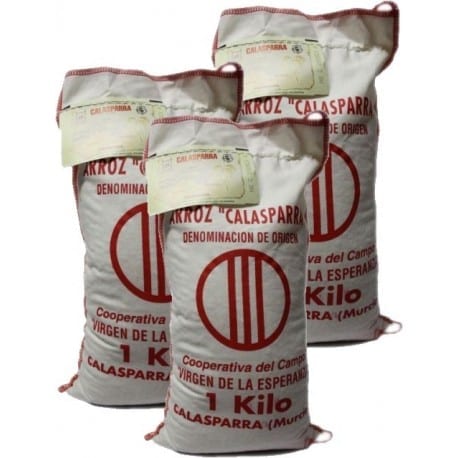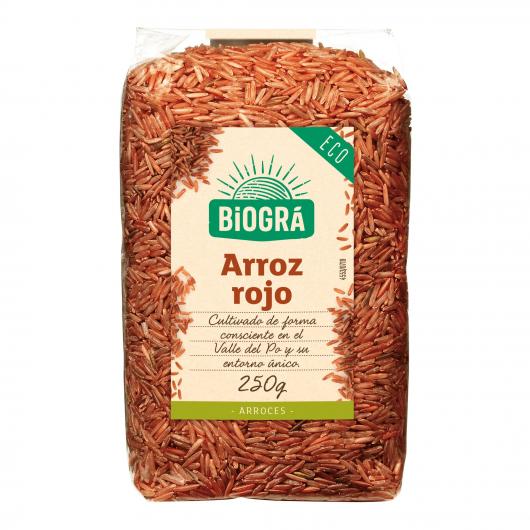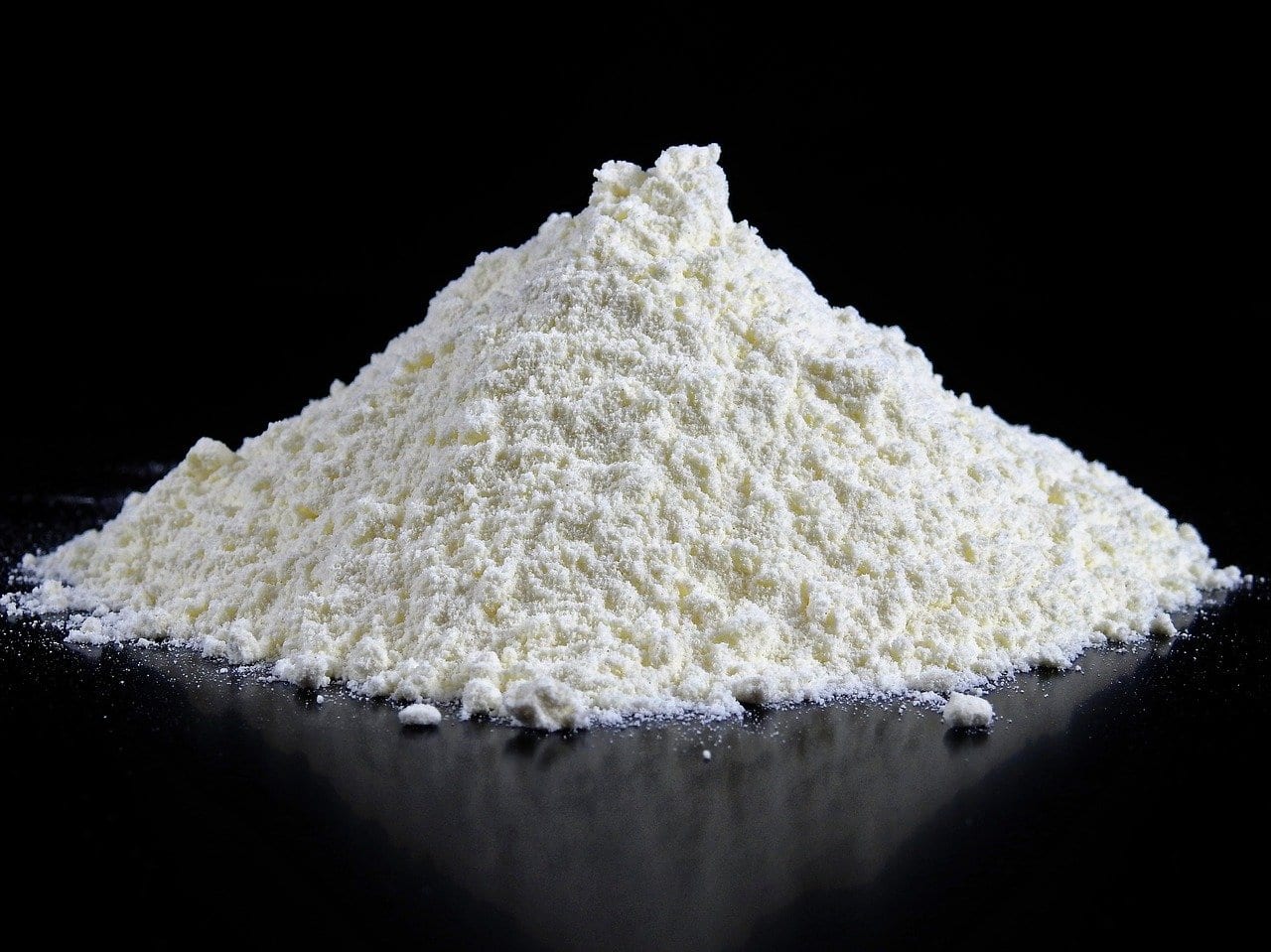Many are those who divide the world into three cultures based on the cereals: the rice, With the wheat and the corn. Although Spain It is located in the culture of the second and America in that of the last, we are going to know a little more the first as a food product. What are its properties? Do you know that there are also Denominations of Origin that protect the place of rice production? What types of grains exist, from the best known to the most peculiar? All the answers here, this is what you should know about rice!
We speak of a summer cereal, whose cultivation needs water and land soaked. For this reason, it is usually planted in the rainy season in Asia. It is on this continent where it is grown more than 90% of world cultivation and where it originates, which is located in China and India. Although rice was introduced in Spain by the Roman Empire, it was actually consolidated in Spanish gastronomy thanks to the Arabs. They grew it in the north of Africa. Upon reaching our territory, they cultivated it in the area of Valencia and Andalusia. Later the food reached American lands from the hand of Christopher Columbus.

Denominations of Origin
Currently, Spain is the European country with more production of rice, following him Italy. The areas with the highest quantities are Andalusia and Extremadura, where more than 50% of the national total. They are followed by the regions of Valencia, Catalonia, Aragon, Navarra and Murcia. Of course, there are only three Denominations of Origin Spanish recognized for the place where this grain grows, is harvested and obtained:
DO Valencia rice, located in the lagoon Valencian where the Bomba, Bahía and Senia varieties are grown. The Paellas that the locals prepare with a grain of their own land are exceptional. Up to a Rice Museum makes the province proud.
Rice from Delta DO El Ebro delta, in the south of Catalonia, is another area where the Senia, Sequial, Bahía and Tebre varieties are grown.
DO Calasparra Rice. Located between the Murcia and Castilla-La Mancha, in the Murcian municipality the Bomba and Balilla varieties grow.
Nutritional properties
What you should know about rice is that it is a great power source due to its high content of carbohydrates. In fact, it is the most important of the most populated countries in the world, which makes this cereal a basic food for world food.
El rice is rich in minerals such as football and iron. It is also rich in vitamins, such as niacin, vitamin D, thiamine, and riboflavin. In the case of whole wheat, it is a good source of fiber and this makes it a great ally for intestinal problems. His low fat They make it a great food for everyone with cholesterol problems. Also for all those who want to lose weight or who have cardiovascular problems, since it also has little sodium.
Importantly, rice it does not have gluten, so it can easily be included in the Diets of all celiac people.

Types of rice
El rice (Oryza sativa) it has two main cultivated subspecies. One is the indica, cultivated in tropical climates, with its grain longer and perfect for salads. The other is the japan, from sub-tropical and more temperate climates, are rices that absorb more liquids from grains more short and round.
Based on the grain shape, the types of rice are grouped into three:
Short or round (japonica): in this group we find varieties such as Arborio, which is the perfect variety for cooking risottos or the Vialone Nano variety. In its cooking the grains that are almost spherical are usually glued.
Middle (japonica): it is the most used in Spanish gastronomy. Varieties such as Bomba, Carnaroli, Bahia, Guadiamar, Senia and Balilla are part of this group. They are very easy to absorb flavors.
Long (indica): They are varieties of easy cooking, since it does not stick easily. In this group we find varieties such as Basmati, Jasmine or Ferrini. They are perfect varieties for salads
Other classifications
In the market you can find different varieties, preparations, textures and aromas:
-Glutinous: it is a rice that is characterized by sticking its grains, it can be confused by its name but they do not have gluten. The characteristic of sticking is given by its high level of starch. It is used in places in Asia and is cooked with the steamer. In Japan It is used for the classic Mochi cake.
-Aromatic: the best known varieties are Jasmine and Basmati, although there are many others. Its characteristics are that they have volatile acids that give off aromas that make them very pleasant.
-Arborium: It is the perfect rice for the preparation of risotto Italian. It is short and round grain. It is characterized by its high starch content and its ability to absorb a lot of liquid, which gives it a tender texture but remains "and cook until pasta is".
-Comprehensive: brown rice is one that maintains the husk. Only the hardest husk is extracted from the grain, which makes these rices More rich in vitamins, minerals and fiber.
-White: It is every grain of rice that has lost all the husks, it is white. It is less rich in nutrients than whole wheat but achieves tfiner extura.
-Vaporized: This rice was created to achieve the texture of the white grain but with maintaining nutrients. This is the result of a whole grain subject to a steam technique that manages to drag the nutrients from the husk to the grain. It is subsequently flaked off.
-Red: It is a brown rice whose characteristic is that the internal husk is of a red. This gives you antioxidants. Widely used in Thailand and Bhutan.

-Black: like red, this is integral and its shell is this dark color. It is somewhat richer in fiber. Not to be confused with black rice dish nor in the use to prepare this dish of Mediterranean cuisine.
-Wild: known as wild rice Actually, it is not. Specifically it is the grass, specifically Zizania Palustris. It is cultivated in the area of the great lakes of U.S. and Canada. It is also known as wild oats. Its characteristics are similar to rice, it is a gluten-free food, with a higher level of protein and carbohydrates. It is also rich in minerals and fiber and low in fat levels. Although it is used to combine with rice, it is important to bear in mind that its cooking must be separately since it has different cooking times.
In short, all this is what you should know about rice, a basic product of any diet and food with multiple properties.







